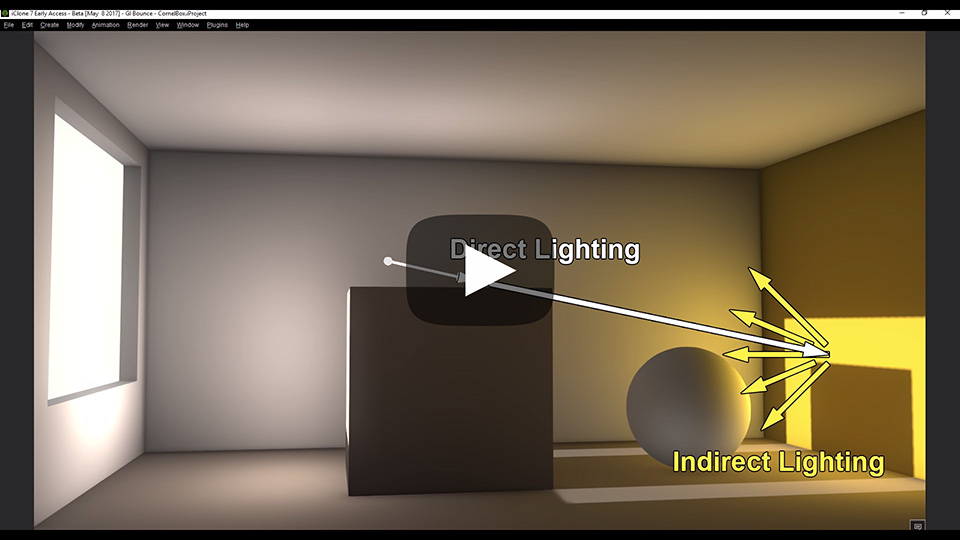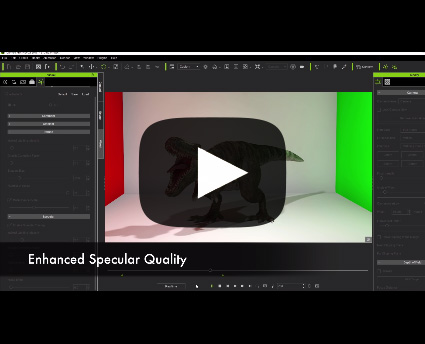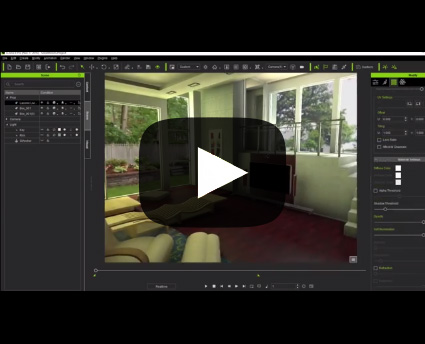What is Global Illumination
Minimum hardware requirements for Global Illumination (GI)
- Nvidia GTX 970 graphics card
- Intel i5 dual core CPU
- 8GB of RAM
What are the benefits of Global Illumination (GI)?
- Visual Aspect:In addition to direct lighting there are indirect sources of illumination resulting from light beam bounces from nearby surfaces. Indirect lighting can enhance the realism and beauty of a scene especially in dark unlit areas. The following video demonstrates a project which contains a directional light and IBL (Image Based Lighting). When GI is on, the shaded areas in the entire scene lights up due to bounce lighting, consequently one can notice more details in areas that would otherwise be too dark too see.
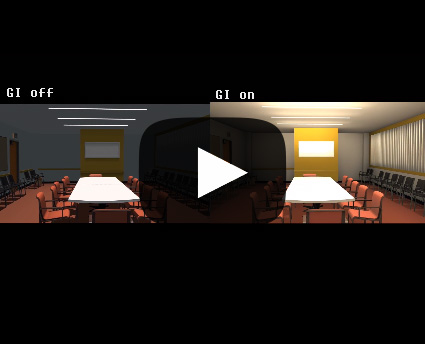
* GI is most effective in scenes with many large surfaces which increases the number of light bounces. For example: indoor scenes or Cornell box setups. - Creative Aspect: In the past, indirect light must be "faked" by adding more complementary lights to increase the brightness of shaded areas. With GI, you are free from this tedious work by using just one directional light to brighten the entire space.
- Technical Aspect:
- GI is completely dynamic in real-time:
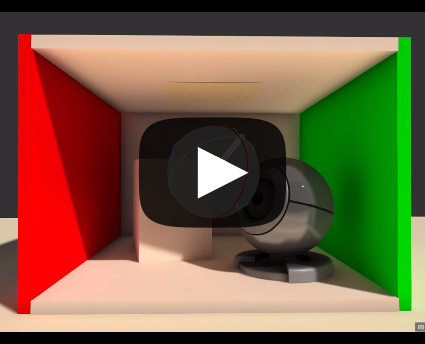
- It perfectly handles large and dynamic scenes without any pre-processing.
- Our implementation is provided by Nvidia, and works on any DX11 GPU that makes GI much faster on Maxwell (GTX 9xx series). Please refer to the web below for more information:
www.geforce.com/hardware/technology/vxgi/technology - The Specular parameters are what gives us blurry and mirror like reflections from true 3d objects (to certain extent). This is based on voxel information being reflected from one object to the other so the quality of the reflection is only as good as the voxel density resolution.
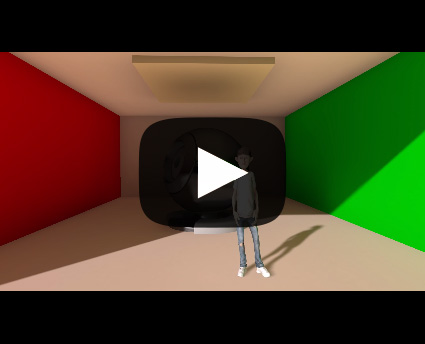
- GI is completely dynamic in real-time:
What elements in iClone project can take part in the GI (emit light photons)
* Click on the links to observe the different results when the GI is ON or OFF.




